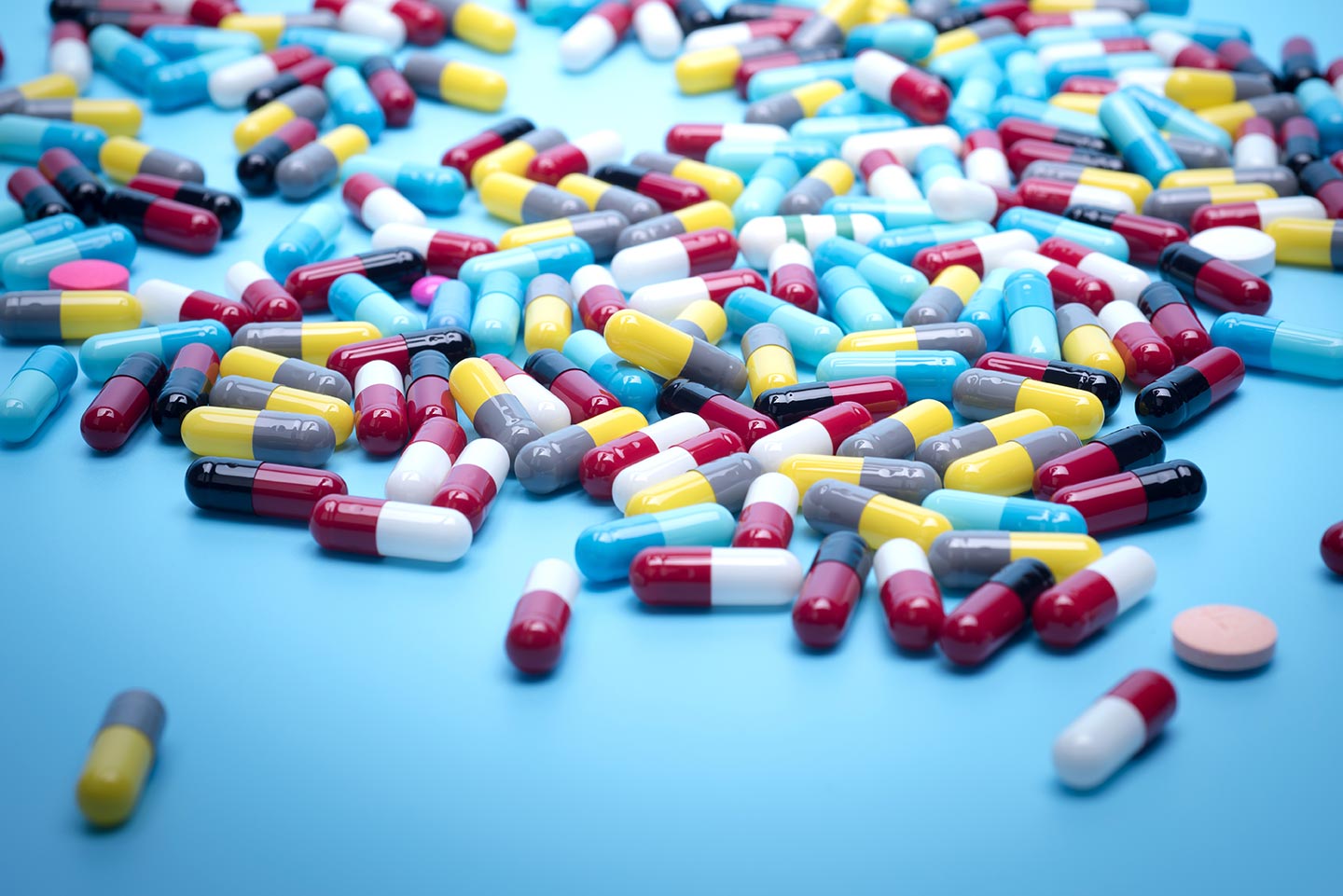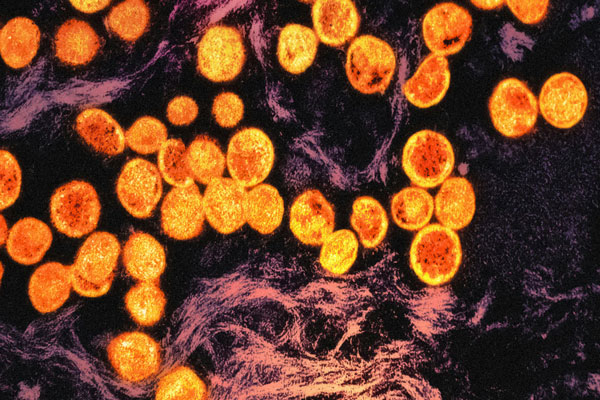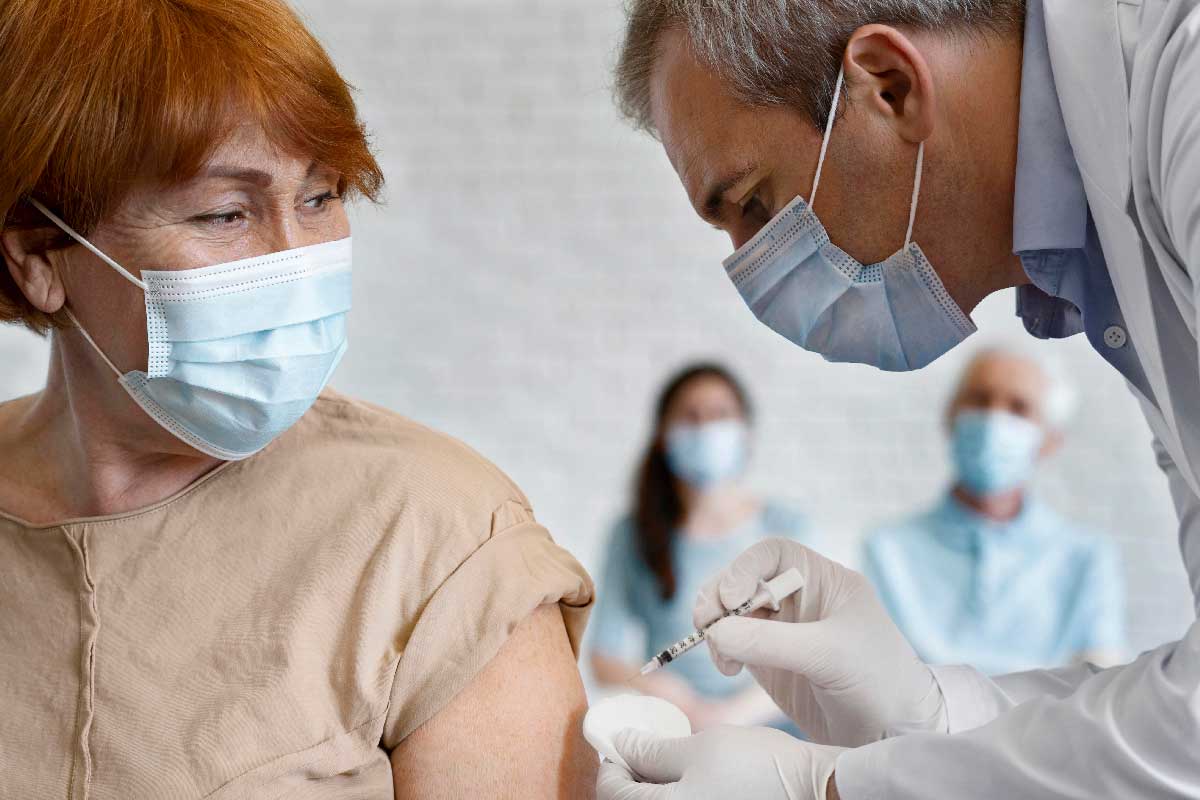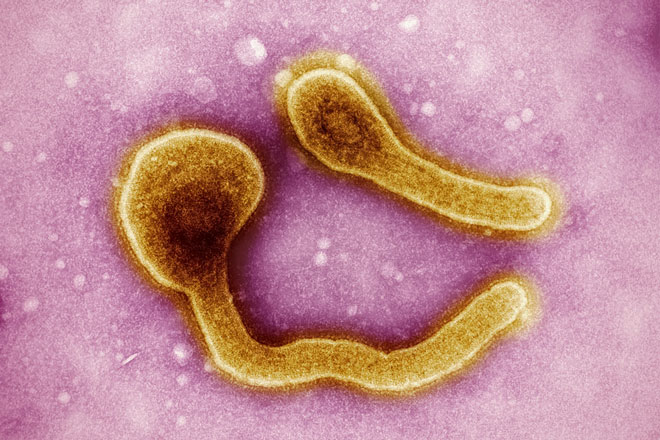Here’s how we could stop antimicrobial resistance becoming the next pandemic
Antimicrobial resistance was already a major global health threat, but now the potential increase in the use of antibiotics in response to the pandemic could exacerbate the problem and threaten a potentially even bigger global crisis.
- 9 February 2021
- 4 min read
- by Priya Joi

As the world continues to battle the pandemic, more than a year after COVID-19 was declared a public health emergency of international concern (PHEIC), there remain other global health threats that were shunted off the table temporarily which still require our attention. Antimicrobial resistance (AMR) is one of them.
Another important priority in the fight against AMR is to preserve the antibiotics that do work, because research and development to identify new ones is not moving as fast as resistance is developing.
Even before the pandemic began, scientists had been making apocalyptic predictions of a backsliding of modern medicine. Infections could become untreatable and once-routine surgeries that could become tremendously high risk.
This dismal prediction has been joined by evidence that the COVID-19 pandemic is exacerbating the factors that drive the development of resistance: an overuse of antibiotics.
Inappropriate use of antibiotics in COVID-19
It’s still too early to know definitively the extent to which antibiotic use has increased because of COVID-19. Research, based on data predominantly from China, has found that 6·9% of COVID-19 diagnoses are associated with bacterial infections (3·5% diagnosed concurrently and 14·3% post-COVID-19) although only a subsection of these, such as patients who require intensive critical care, are normally likely to receive antibiotics. Also the degree to which antibiotics are used can vary from country to country, with some using policies that heavily discourage their use. Even so one US multi-centre study reported that 72% of COVID-19 patients were given antibiotics even when not clinically indicated.
In some of the studies examined, the proportion of critically ill patients with bacterial infections was higher compared to those hospitalised. In such a scenario, when faced with a new and untreatable virus, doctors will understandably want to treat any associated bacterial infection, and this is in line with World Health Organization (WHO) recommendations. In response, WHO released guidance on the clinical management of COVID-19, which recommends not providing antibiotic treatment or prophylaxis to patients with mild or moderate disease unless there is a clinical indication to do so.
Even so, despite the challenges, action is needed to reduce the unnecessary use of antibiotics in the pandemic, especially given recent data on the rise of AMR. The 2020 Glass report has shown that, among the 77 countries that have shared their surveillance data, AMR is rising in low- and-middle-income countries (LMICs), which bear two thirds of the global AMR burden.
Disaster may not be inevitable
But although AMR is a problem that will require energy and money to combat, it is not an intractable problem. Between 2014 and 2017, the use of antibiotics in people fell by 7·3% in the UK. In January 2020, the Indian Government introduced draft legislation to limit the release of antibiotic residues into the environment at pharmaceutical manufacturing sites. Similarly, in Norway the introduction of vaccination in salmon farms reduced the use of antibiotics by 99.8%, and Chile has pledged to reduce antibiotic use in salmon farming by 50% by 2025, again through vaccination.
Have you read?
Another important priority in the fight against AMR is to preserve the antibiotics that do work, because research and development to identify new ones is not moving as fast as resistance is developing. In late 2019, WHO developed the AWaRe classification system for antibiotics, which categorises them into Access (less likely to lead to resistance), Watch (includes antibiotics that have a high risk of bacterial resistance as well as critically important antimicrobials for human medicine) or Reserve (last option antibiotics for treatment of multi-drug-resistant infections).
As with many global health challenges, a lack of data stemming from a lack of surveillance capacity and infrastructure hampers our ability to tackle it, and this, in part, is what the Glass Report attempts to address. For example, one solution could be changing the way we do business, for instance by allowing non-governmental data (such as that collected by emergency relief organisations in conflict areas) to be included in overall surveillance data on AMR, thereby improving it.
Writing in The Lancet in September 2020, Professor Sally Davies, the UK’s Special Envoy on AMR, and colleagues outlined several approaches to mitigating AMR, including learning from infection control in COVID-19, banning medically important antibiotics in food production (three in four antibiotics consumed worldwide are used in food animals) and investing in the development of new antibiotics. The Global Antibiotic Research and Development Partnership (GARDP) is a not-for-profit organisation focused on the latter; the bulk of its work is on developing new treatments for drug-resistant infections that pose the greatest threat to health.
Taking a joined-up approach that combines the prudent use of antibiotics in people, reducing runoff from antibiotic production, and reducing the use of antibiotics in animals will be critical. The COVID-19 pandemic has made clear that collaborative action is the best way to see results.









